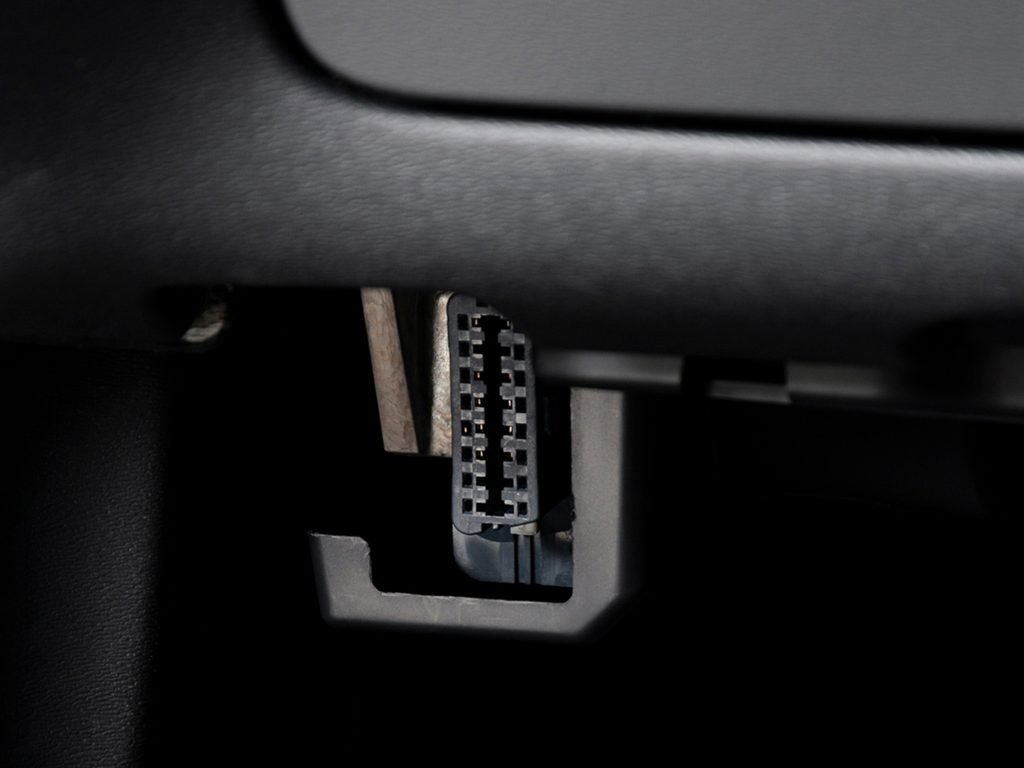What Is Firmware?
Firmware is a specific class of computer software that provides low-level control for a device’s specific hardware. It is typically embedded directly into the device’s read-only memory (ROM) or flash memory, making it an integral part of the hardware.
This type of software is crucial for the basic operation of the hardware it resides in, ensuring that all components function correctly and efficiently from the moment the device is powered on. Firmware can be thought of as the permanent software programmed into a device, providing the necessary instructions for the hardware to communicate and perform its intended functions.
Some examples of firmware include BIOS found in computers, and firmware in embedded systems such as in household appliances and automotive electronics.

What Is Software?
Software on the other hand, is a broader category of programs and applications that can be installed, updated, and removed as needed. This includes operating systems like macOS, iOS, and Windows, to application software like word processors, web browsers, games, and Apps.
Software is designed to be more flexible and adaptable than firmware, allowing users to install updates that add new features, fix bugs, or improve performance. Unlike firmware, software is not permanently embedded in the hardware and can be easily modified.
What Is The Difference?
The key difference between firmware and software is their roles and flexibility. Firmware serves as a foundational layer that directly interfaces with the hardware, providing essential instructions for the hardware’s operation. Because of its critical role, firmware is usually designed to be stable and infrequently changed. Updates to firmware, when they do occur, are typically aimed at addressing security vulnerabilities or adding minor enhancements to the hardware’s functionality.
Software operates at a higher level, providing the user with tools and applications to perform specific tasks. Software is inherently more dynamic and subject to frequent updates. These updates can range from minor patches and bug fixes to significant upgrades that introduce new capabilities and improve user experience. The ability to regularly update software allows developers to continually refine their products and respond to user feedback, making software an ever-evolving component of a device.
How Does Hardware Support Software?
Hardware supports software by providing the physical components necessary for software to run efficiently. The CPU, memory, storage devices, and peripherals all play a crucial role in enabling software applications to perform their tasks.
To understand the essential physical components that software operates on, learn more about what exactly is hardware and how it works.

Both Serve Their Purpose
While both firmware and software are essential for electronic devices, they serve different purposes and have different characteristics. Firmware is the stable, low-level software that provides critical control over the hardware, whereas software includes the more flexible and frequently updated applications and operating systems that users interact with daily.
